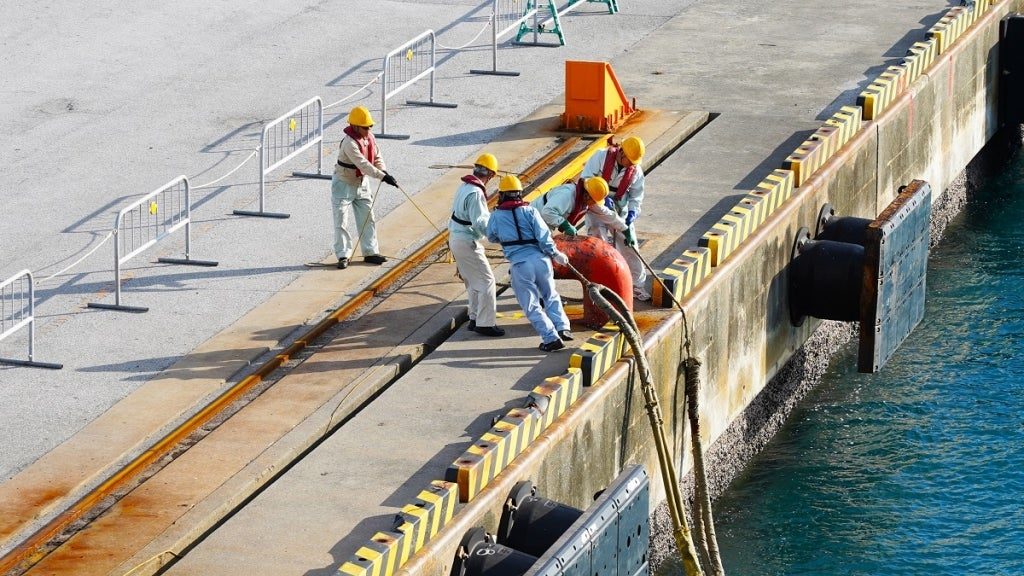Study: carbon tax could fund IMO’s effort to halve shipping emissions
World Bank report examines how to balance maximizing climate benefits with ensuring an equitable transition for vulnerable countries

As the UN’s International Maritime Organization (IMO) continues its efforts to halve 2008-level greenhouse gas (GHG) emissions in shipping by 2050, a new report from the World Bank examines the approach of funding that campaign through a price on carbon emissions.
The idea is the latest option for improved strategies to rein in maritime pollution, following a 2022 proposal by the International Association of Ports and Harbors (IAPH) to set more ambitious goals for the IMO’s emissions policies, and a 2021 plan to raise money for GHG reductions through “mandatory contributions” by containership companies.
The new report says that a carbon tax could help to both reduce GHG emissions and to generate revenue, raising $40 to $60 billion dollars each year in shipping alone between 2025 and 2050, according to a blog post titled “Pricing emissions from shipping: Where should the money go?”
That money could be vital in swinging the rate of emissions in international shipping, which is estimated to account for about 3% of current global greenhouse gas emissions. And that figure could grow: unless shipping moves to zero-carbon fuels and innovative technologies to green its energy footprint, those carbon emissions will grow by 90-130% by 2050, as compared to 2008 levels, the report said.
However, before the money is raised, participants must agree to a framework on how it should be spent on the twin goals of maximizing climate benefits and ensuring an equitable transition for countries, especially for the most vulnerable nations, the World Bank researchers said. Their report, “Distributing Carbon Revenues from Shipping,” discusses which countries could access carbon revenues, for what purposes, and on what terms.
Once that framework is formed, the money could make the greatest impact in three main ways, the researchers said.
First, it could be used to speed decarbonization in the shipping industry, which will require trillions of dollars in investment to move away from fossil fuels, produce zero-carbon fuels, and improve maritime infrastructure that promotes decarbonization, provides development opportunities, reduces transport costs, and builds resilience in the face of extreme global events.
Second, reinvesting carbon revenues into port infrastructure can help lower the costs of final delivered products. For example, in Sub-Saharan Africa, transport costs can represent up to 50% of food prices, and over a third of the food produced in Africa is lost due to poor logistics. Ultimately, reducing time in transport can help to offset the cost of a carbon levy on shipping in developing countries.
Third, the money could be used more broadly, beyond the shipping industry, to help nations and industries mitigate and adapt to climate change. Especially for countries most vulnerable to climate change, such as Small Islands Developing States (SIDS) and Least Developed Countries (LDCs). Broadening the use of revenues beyond maritime decarbonization addresses equity concerns since very often their ability to spend within the maritime transport sector is limited.
Related Articles
Copyright ©2024. All Rights ReservedDesign, CMS, Hosting & Web Development :: ePublishing